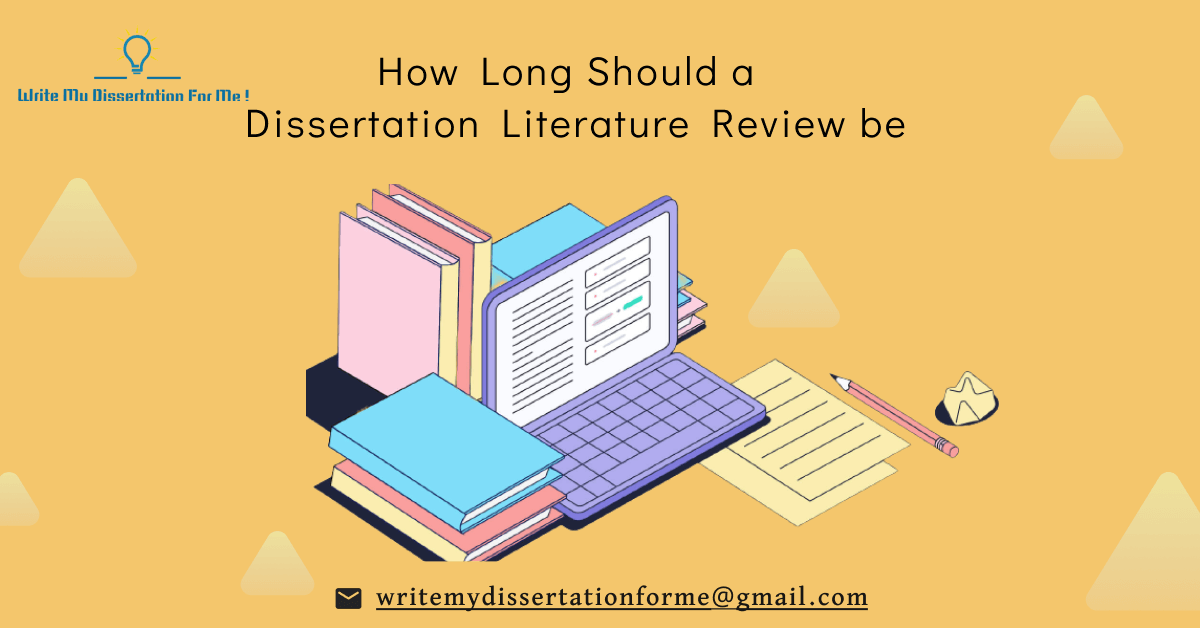Writing a Literature Review for Education Dissertations: Common Pitfalls to Avoid
October 06 2025 | 05 min read

The foundation of any effective dissertation on education is a well-written literature review. By showcasing your command of current literature, pointing out gaps, and defending the applicability of your topic, you establish the framework for your investigation. However, a lot of students struggle through this crucial chapter because they are either confused about how to properly synthesize the sources or are overwhelmed by their sheer number. This blog examines typical mistakes made when preparing a literature review for a dissertation on education and provides helpful tips for avoiding them.
What Is a Literature Review?
A literature review is fundamentally an organized synthesis of previous studies on your subject. It's a critical engagement with scholarly material that helps place your study within the academic discourse, not merely a synopsis of publications. Whether you're looking into classroom practices, the effects of policies, or learning technology, this entails examining theories, methodology, and findings that are relevant to your research subject in education dissertations.
1. Common Pitfall #1: Treating It as a Summary Dump:
A common error made by students is to compile a lengthy list of article summaries without making any connections between them. Instead of being a coherent narrative, this makes the literature review into a fragmented list. Group studies according to themes rather than stating, "Author A found X, Author B found Y." For instance, group your sources according to themes such as student results, curricular modifications, and teacher attitudes if you're studying inclusive education.
Method: Arrange your sources according to findings, approach, or subject using concept maps or synthesis matrices. This enables you to spot trends and inconsistencies, turning your assessment from a descriptive to an analytical one.
2. Common Error #2: Insufficient Structure:
A poorly organized literature review might confuse readers and weaken your case. Some pupils fail to lead the reader through their reasoning or switch between topics. In dissertations on education, where coherence and clarity are crucial, this is particularly troublesome.
Solution: Adhere to a rational framework. Begin with general theoretical frameworks and then focus on particular research. To help the reader navigate and make sure each section flows naturally into the next, use subheadings. If you're not sure how to format your evaluation, see how others have organized theirs by consulting online repositories or an example dissertation literature review from your university.
3. Common Pitfall #3: Ignoring Methodological Differences:
Not every study is made equal. Treating qualitative and quantitative research as interchangeable or neglecting to evaluate the employed methodologies critically are frequent mistakes. Methodology is crucial in educational research, particularly when comparing studies on teacher preparation, learning outcomes, or student engagement.
Solution: Consider each study's advantages and disadvantages. Was the sample size sufficient? Did the instruments undergo validation? Did the writers consider bias? Emphasizing these elements demonstrates your critical thinking skills and supports your own methodological decisions.
4. Common Pitfall #4: Overlooking Seminal Works:
Students occasionally overlook foundational texts in their haste to incorporate recent studies. This undermines the review's theoretical foundation and could result in knowledge gaps. For example, it would be a conspicuous omission to describe constructivist learning without mentioning Piaget or Vygotsky.
Solution: Strike a balance between important work and current research. To find highly referenced studies in your field, use citation databases. To demonstrate the development of ideas, incorporate both early theories and more recent developments while examining digital learning in the classroom.
5. Common Pitfall #5: Failing to Link to Your Research Question:
Your evaluation of the literature ought to serve as a link to your own research. However, a lot of students fail to make the connections, leaving the reader to question how the evaluated research relates to the objectives of the dissertation. Your study may appear isolated or duplicated as a result of this separation.
Solution: Reflect on how your study is informed by the reviewed literature at the end of each section. Consider this: What gaps have I found? What is the connection between this theme and my research question? This strategy establishes your methodology chapter and supports your argument.
6. Common Pitfall #6: Poor Citation Practices:
Inaccurate or inconsistent references can make your review seem less credible. Maintaining citation integrity is essential in educational dissertations, which draw from a variety of sources, including books, journals, reports, and policy papers.
Solution: Arrange your sources using reference management software such as Mendeley, EndNote, or Zotero. Follow the citation style that your school prefers (APA, MLA, Chicago, etc.) and make sure that all of your references are correct. Keep in mind that citations are evidence of your academic rigor and are not merely a formality.
7. Common Pitfall #7: Writing Without a Roadmap:
Writing without a plan frequently results in repetition, lost connections, and an excessive word count. Students may struggle to stay focused or end up revising portions of their work.
Solution: Before you start, create an outline. Include the main ideas, supporting details, and the sequence in which you plan to present them. This outline helps you stay on task and makes sure you cover all the important topics without getting off topic.
8. Common Error #8: Ignoring the Dissertation Format Requirements for Literature Reviews
The way the literature review fits into the overall dissertation format varies depending on the institution. Some need a separate chapter, while others incorporate it within the technique or introduction. Ignoring these rules may result in rejection or formatting problems.
Solution: Speak with your supervisor or go over the dissertation guide at your university. Be mindful of the word count restrictions, formatting guidelines, and expected structure. Look at a dissertation structure, literature review template, or guide if you can to make sure your work is in line with it.
9. Common Pitfall #9: Over-Reliance on Secondary Sources:
It's dangerous to quote writers who quote other writers. It erodes your authority and may result in misunderstandings. Using secondary sources might skew the meaning in education research, when context and subtlety are crucial.
Solution: Refer to the source whenever you can. Make sure the original author's intent is maintained, and be explicit if you must use a secondary citation. This demonstrates care and regard for academic accuracy.
10. Common Pitfall #10: Forgetting to Revise and Peer Review:
Writing a literature review is a continuous process. To strengthen arguments, enhance flow, and get rid of mistakes, it needs to be revised several times. However, a lot of students turn in their initial drafts without asking for input.
Solution: Allow for revision time. Distribute your draft to writing centers, mentors, or fellow students. Make use of their suggestions to improve your writing and fortify your analysis. A second set of eyes can reveal contradictions and provide new insights.
Final Thoughts:
Writing a literature review for an education dissertation is a science and an art. Scholarly accuracy, strategic planning, and critical thought are required. Avoiding these typical mistakes can help you write a review that not only validates but also enhances your study.
Remember that your literature review is more than just a chapter; it is the intellectual underpinning of your entire study, regardless of where you are in the writing process. Utilize templates, resources, and a sample dissertation literature review to help you along the way, but don't be afraid to express yourself and provide your unique perspective.
Additionally, maintain your attention on contribution, relevance, and clarity while you negotiate the intricacies of the literature review dissertation. Both your readers and you in the future will appreciate it.
If you loved reading this, please share this,
also read

How Long Should a Dissertation Literature Review be
A dissertation is a long written document that is a part of the study for bachelor's and master's degree programs. It...

10 Reasons To Hire Someone For Dissertation Writing Services
In this blog post, we'll be discussing 10 reasons why you should consider hiring a dissertation writing service to...

How to Summarize Complex Research in Your Dissertation Abstract
The abstract of your dissertation serves as readers' initial impression of your work. Readers may rapidly comprehend the goal...